Within the brain, there is a specific pathway known as the reward pathway, which is responsible for providing a feeling of motivation, reward, and pleasure.
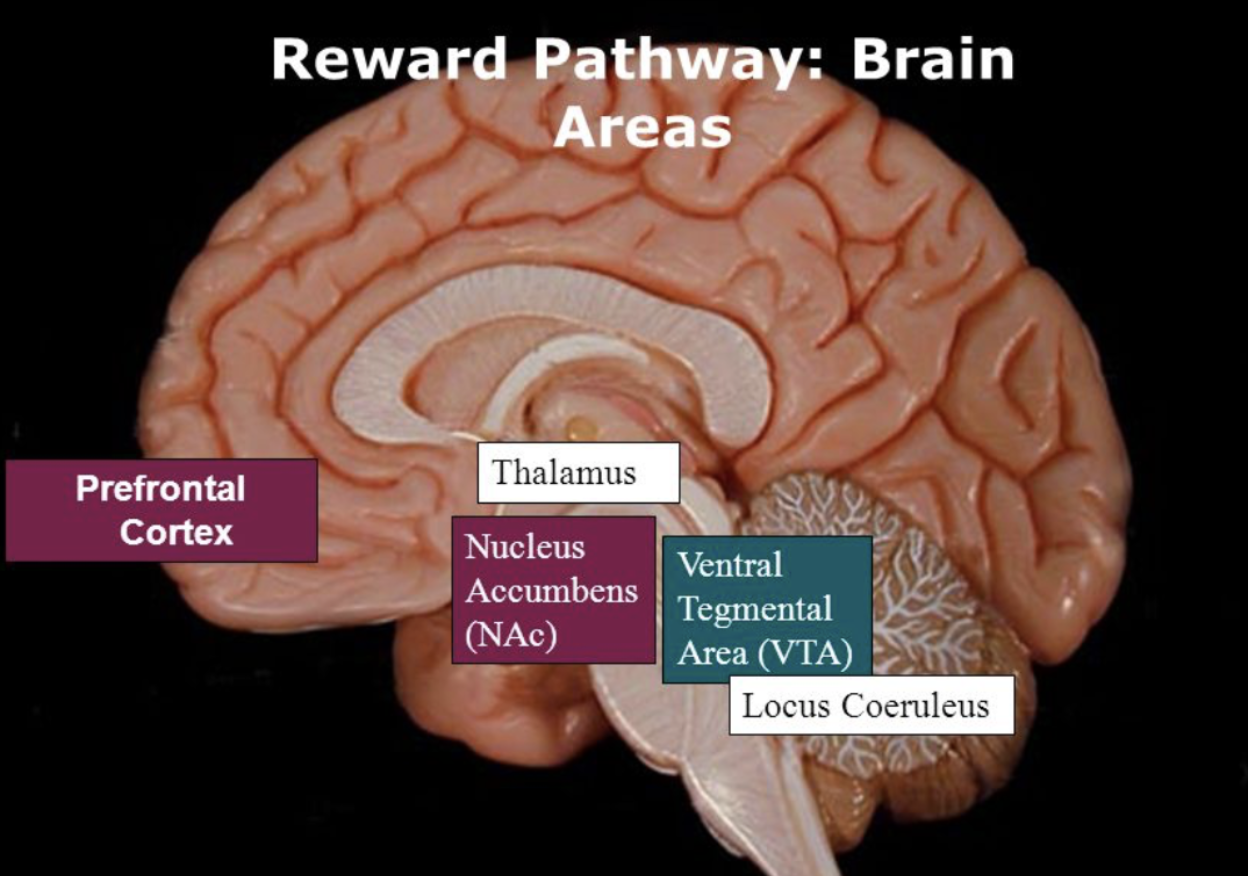
One specific region of the reward pathway, the nucleus accumbens, is especially important in these feelings of pleasure. The nucleus accumbens lights up when the reward pathway is activated, and in fact social media is shown to light up this nucleus accumbens in teenagers.
During adolescence development, this reward pathway tends to develop much earlier than the rational regions of the brain responsible for making rational and informed decisions. This often leads to the reward pathway having a huge role in the decision-making process of teenagers, leaving them tempted and motivated by pleasure instead of rational thoughts.
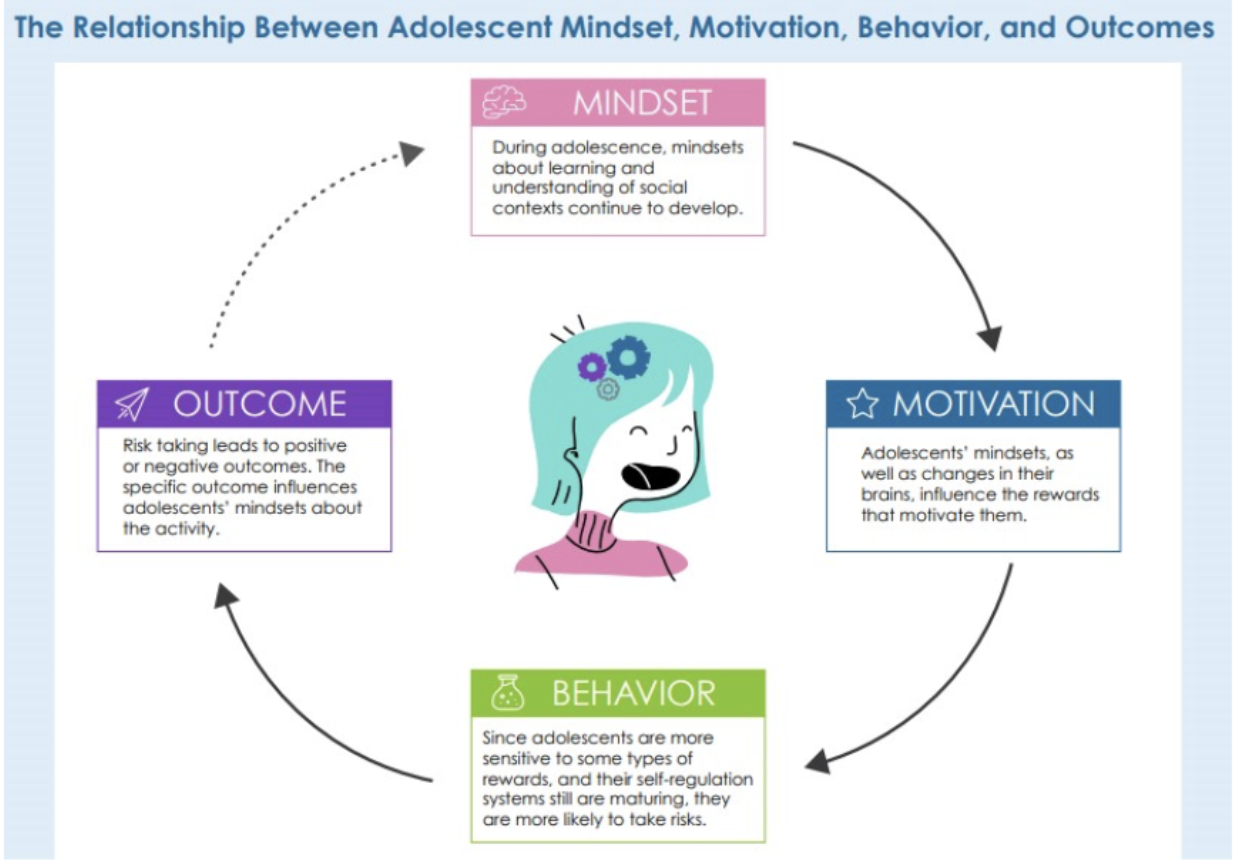
Social media activates this reward pathway exceptionally quickly and consistently, causing a rush of dopamine and pleasure in teenagers, leading to addiction. Teenagers get a rush of excitement when someone likes their posts on social media sites like instagram, but also get a sense of disappointment and punishment when an individual ignores or doesn’t like one of their posts.
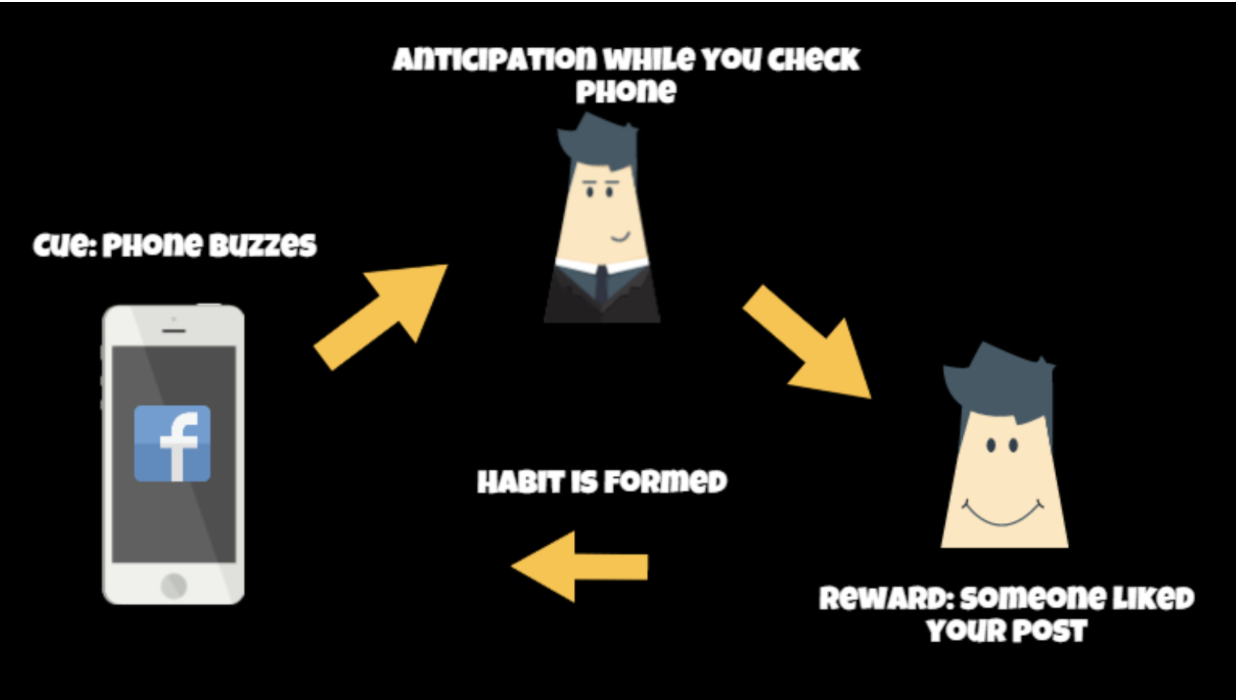
In addition to affecting the reward pathway and inciting feelings of pleasure and punishment, social media plays with teenagers’ heightened feelings of self-consciousness causing enhanced low self-confidence. Teenagers are often afraid of what others may think about what they post and don’t want to be judged in a negative light. In this manner, increased social media often contributes to increased feelings of heightened anxiety and social stress.
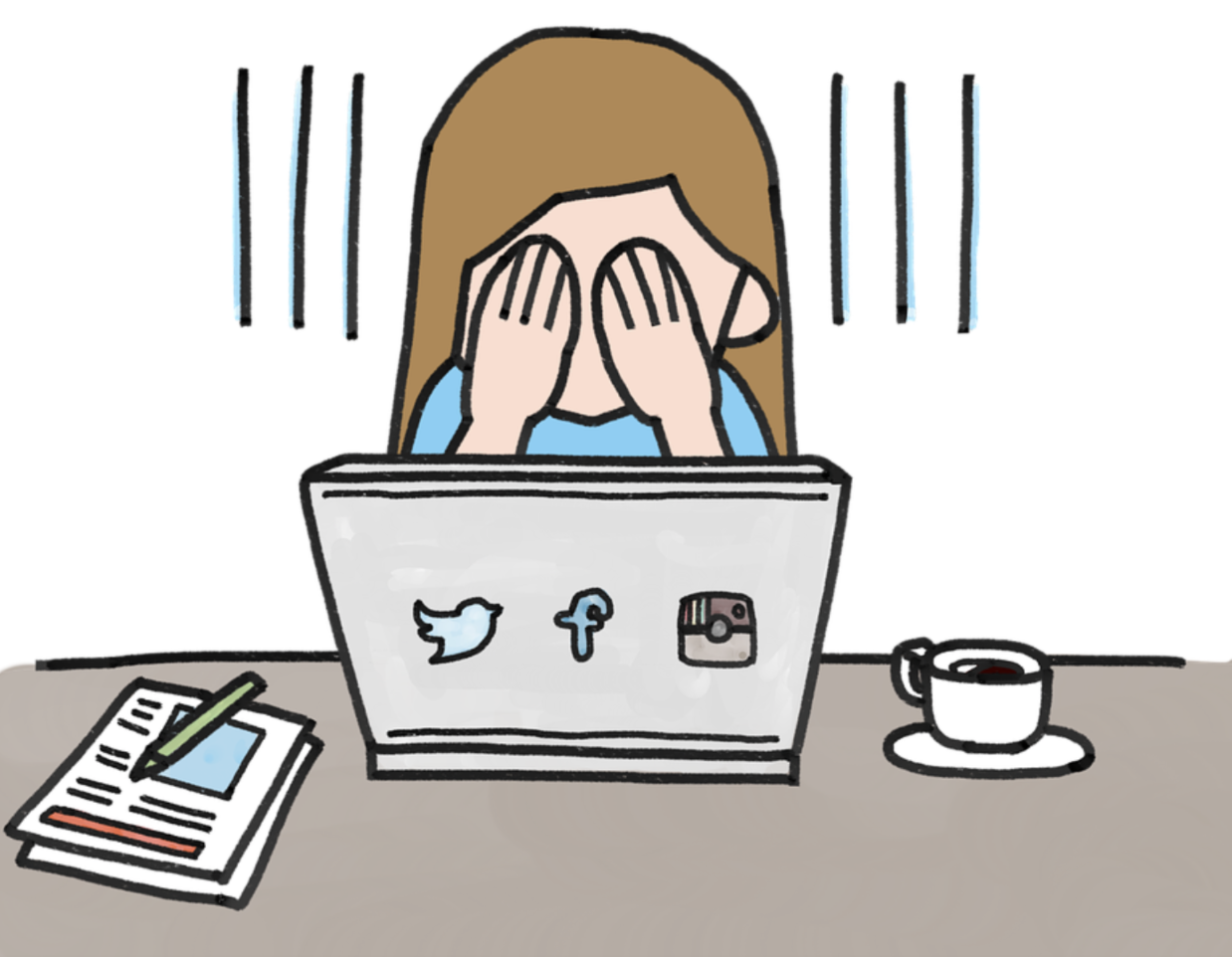
With screen time on the rise (for teenagers the measured average was 7 hours and 22 minutes), the internet and technologies seem to be consuming and controlling almost every part of young people’s lives. It affects the reward pathway, contributes to anxiety, and leads to avenues for cyberbullying and stress. And although it allows peers to connect and form relationships with one another, it is important that teenagers keep a watch on their social media usage and its effect on them personally.
References
Viatcheslav Wlassoff, PhD. “Social Media Anxiety Disorders: What’s Going on in the Brain?” Brain Blogger Social Media Anxiety Disorders Whats Going on in the Brain Comments, www.brainblogger.com/2017/12/27/social-media-anxiety-disorders-whats-going-on-in-the-brain/
Neurochemical Effects of Nicotine, iprc.indiana.edu/training/courses/Tobacco Dependence and Treatment/a_04_05_01.html
Amos, Jason. “Explaining Teenagers’ Attraction to Social Media and Risky Behavior-And Why It’s Not Necessarily a Bad Thing.” Alliance For Excellent Education, all4ed.org/explaining-teenagers-attraction-to-social-media-and-risky-behavior-and-why-its-not-necessarily-a-bad-thing/
byhealthrewardz, Posted. “Tips to Boost Your Brain Chemicals Naturally.” Healthrewardz.com, 18 Aug. 2020, healthrewardz.com/2019/03/28/tips-to-boost-your-brain-chemicals-naturally

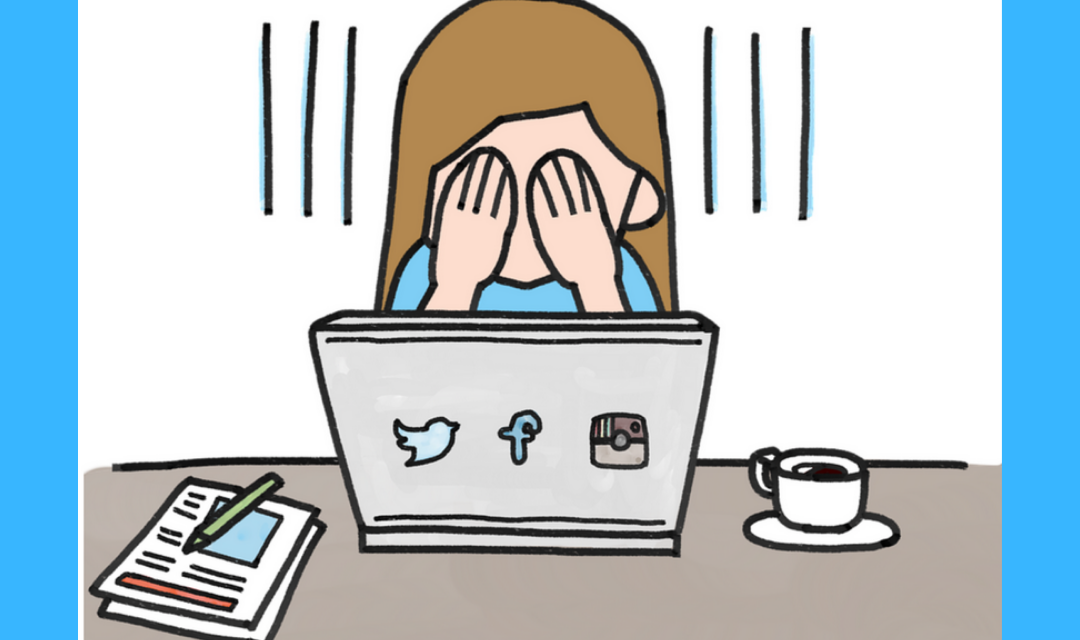
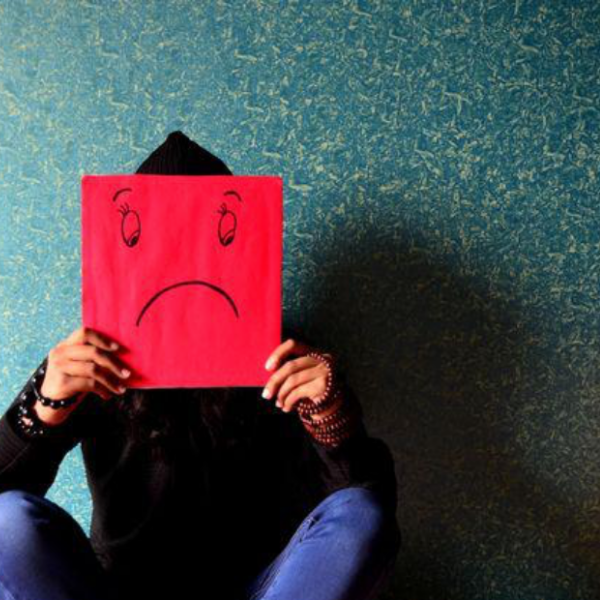
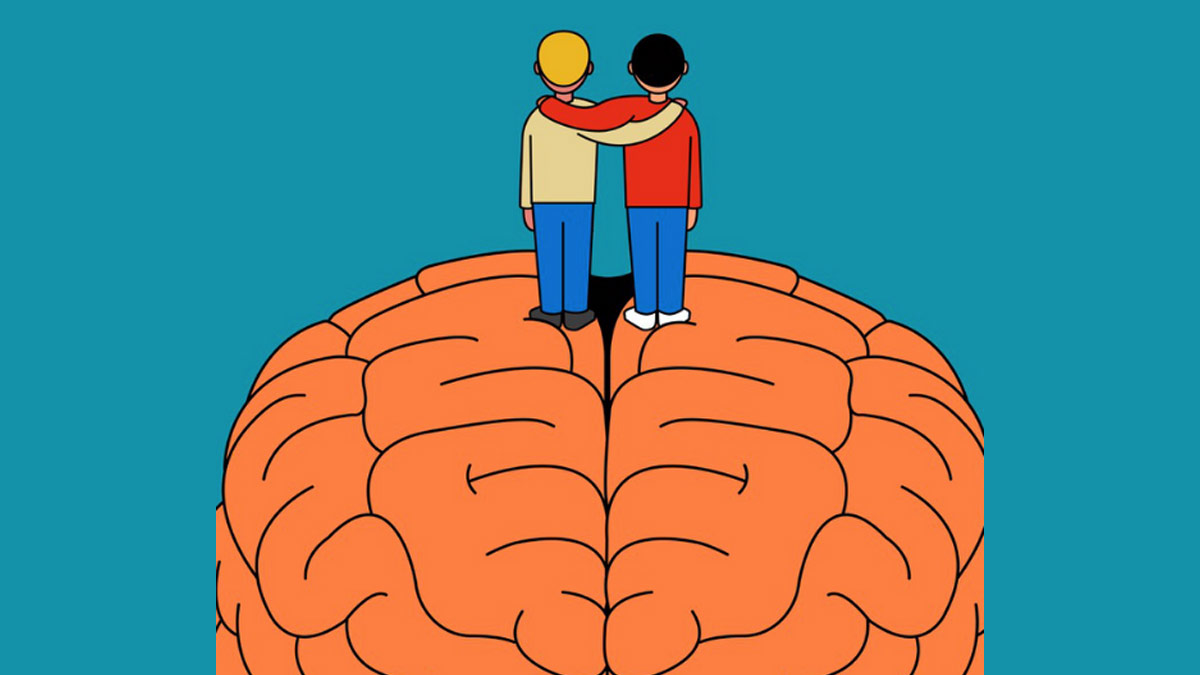
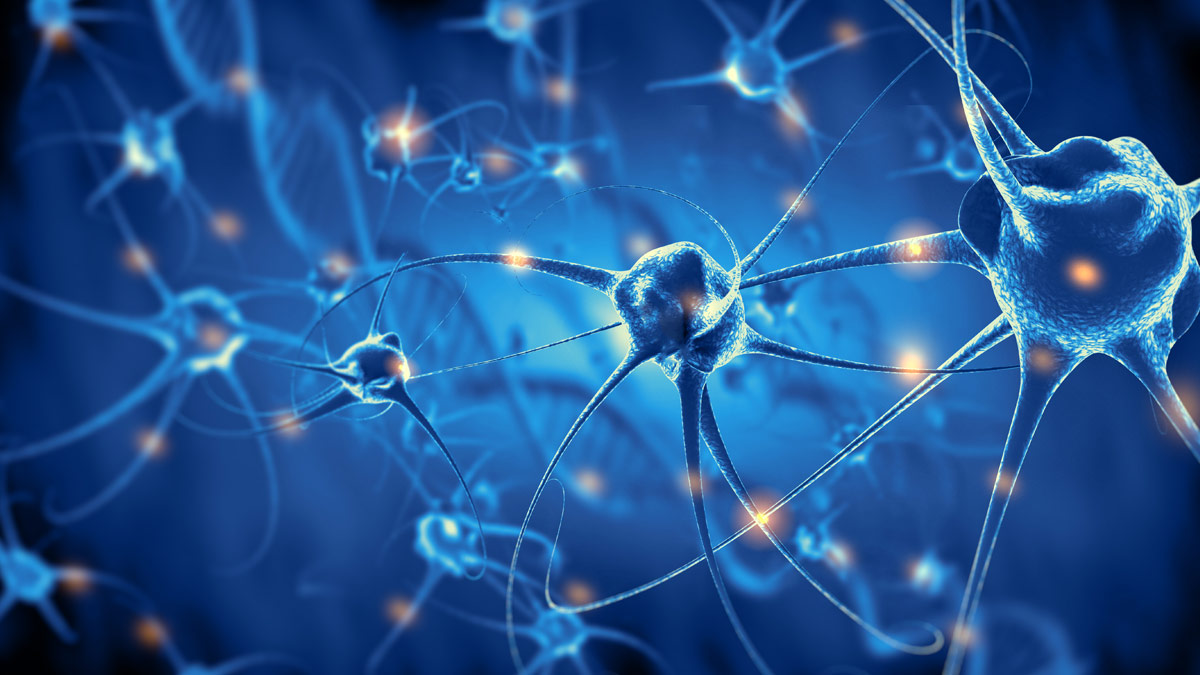
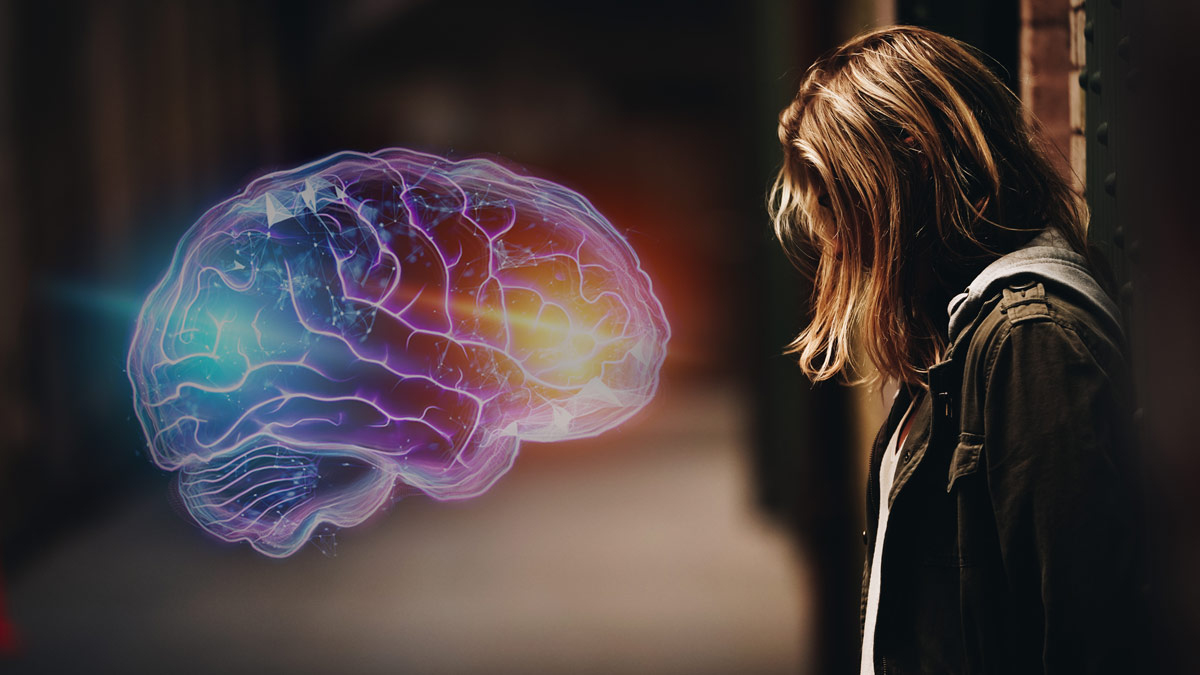
You’re a really good writer. Very interesting story, written really well.